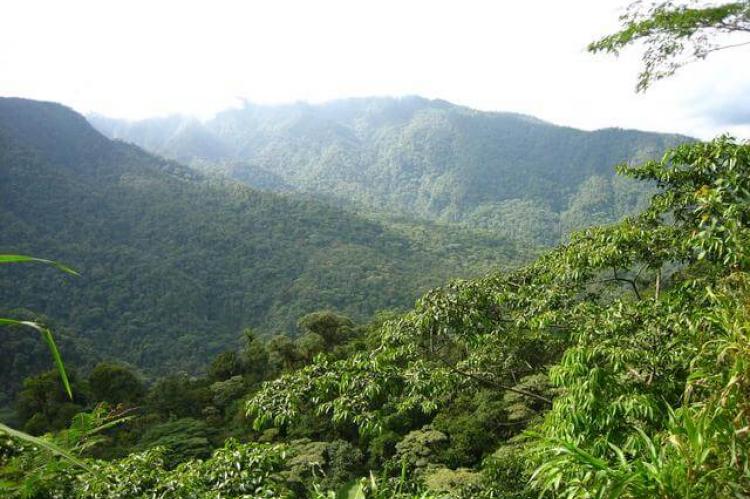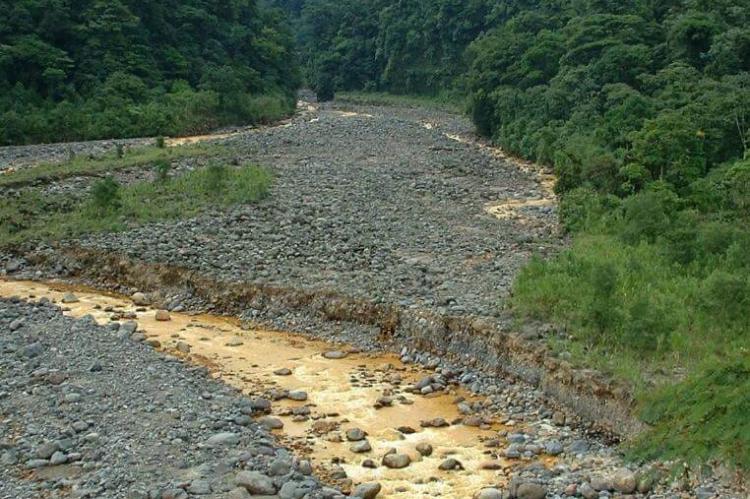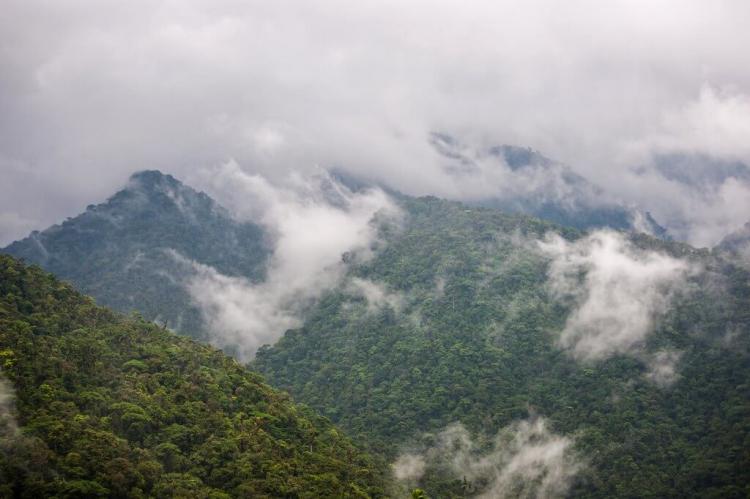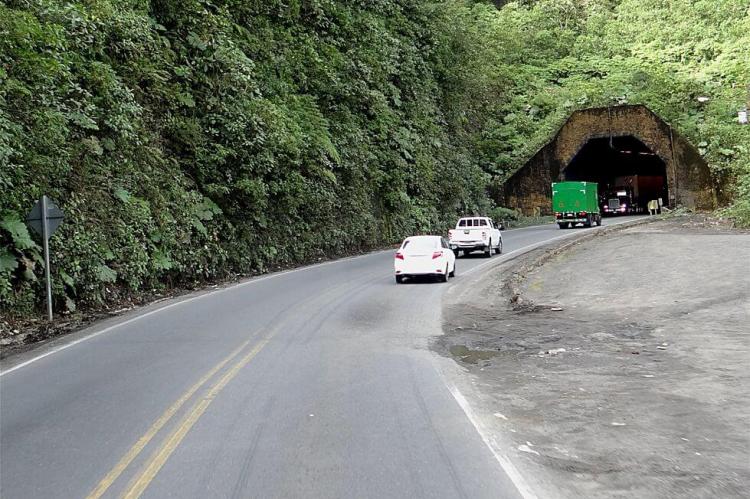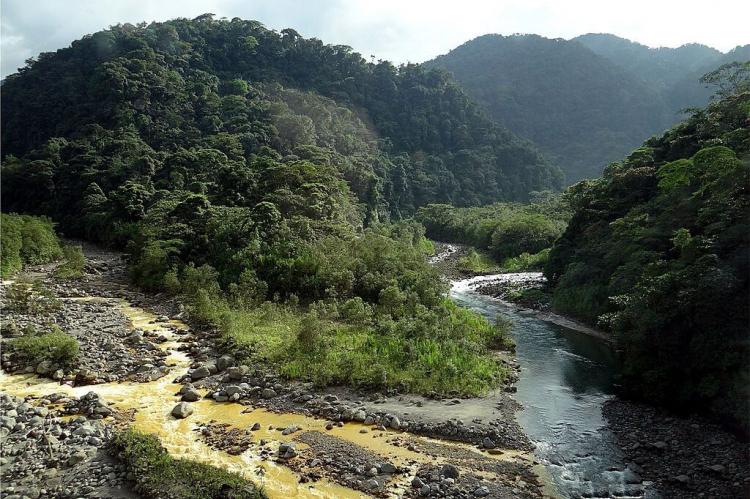Braulio Carrillo National Park (Costa Rica)
Braulio Carrillo National Park is located in central Costa Rica within the volcanic Cordillera Central, one of the areas with the steepest topography in the country. The landscape consists of densely-forested high mountains that include volcanoes and canyons forged by several rivers.
Braulio Carrillo National Park
Braulio Carrillo National Park is located in the provinces of Heredia and San José in central Costa Rica within the volcanic Cordillera Central. It is part of the Central Conservation Area. It is one of the four national parks in the Cordillera Volcánica Central Biosphere Reserve. At 475,890 ha (117,572 acres), it is one of the largest protected areas in Costa Rica.
Named in honor of former Costa Rican president Braulio Carrillo, whose administration had helped foster the nation's early agricultural economy and had built the first road linking San José to the Caribbean coast.
Established in 1978, the park was formed as an agreement with environmental lobbyists to limit and prevent the area's development after constructing the Limon Highway, which bisects the park from northwest to southeast.
Braulio Carrillo National Park is separated into three main sectors: Zurquí, Quebrada Gonzales and Barva. It contains many notable geological features, such as the Barva Volcano and several dormant volcanoes, including Cerro Chompipe, Cerro Cacho Negro and Cerros las Tres Marias. The Barva sector has three crater lakes: Barva, Danta and Copey.
Located in one of the areas with the steepest topography in the country, the park's landscape consists of densely-forested high mountains that include the Barva and Cacho Negro volcanoes, as well as canyons forged by several rivers. The rivers and streams are important for the production of hydroelectricity.
The park also protects areas of the Sarapiquí River watershed. Other rivers in the park include the Hondura River, Patria River and the mineral-colored Súcio River.
Unlike the more famous Costa Rican parks, such as Poás Volcano National Park and Manuel Antonio National Park, Braulio Carrillo National Park is relatively unmaintained and untravelled. Three main ranger stations serve the park. Two of them, Quebrada Gonzales and Barva, provide visitors with sanitary facilities and drinking water.
Several available hiking trails in Braulio Carrillo National Park can be narrow and are not regularly monitored by park rangers.
Due to the large altitudinal gradient spanning the park, annual precipitation varies. It ranges from 2,500 mm (98 in) on the slopes overlooking the Central Valley to 5,734 mm (225 in) on the Caribbean slope. As a result, temperatures vary from a minimum of 3 °C (37.4 °F) to a maximum of 24 °C (75 °F).
Flora and Fauna
More than 90% of the park is covered in primary forest. Landscapes include the Talamancan montane forests at high elevations and the Isthmian-Atlantic moist forests at low elevations.
Braulio Carrillo National Park has one of the highest levels of biodiversity in Costa Rica. From its high-altitude cloud forests to the lowland tropical rainforests, it has one of the highest levels of biodiversity in Costa Rica.
Species biodiversity is significant, with 600 identified species of trees, over 530 species of birds and 135 species of mammals cataloged.
The area near Barva is home to the elusive frog Pristimantis altae and the venomous bushmaster snake. Examples of birds found include the solitary eagle, the bare-necked umbrellabird, and several species of hummingbirds.
